How To Get Wax Off Your Skin – 7 Quick & Easy Ways To Do It
Get relief from the sticky feeling and unveil the smooth skin beneath with easy steps.

Image: Shutterstock
If you have had a messy at-home waxing experience and want to know how to get wax off your skin, we have your back. Waxing at home can be a painstaking process, but incorrect waxing can have worse consequences. For instance, it can lead to burns, skin irritation, or even ingrown hairs. Hence, you need to be careful when getting wax off the skin. In this article, we shall tell you the best ways to remove wax from the skin and prevent it from sticking too much. Keep reading to know more.
In This Article
How To Remove Wax From Your Skin
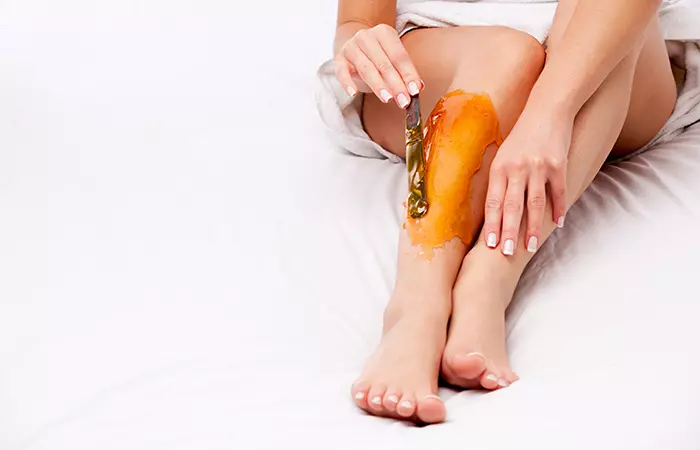
Waxing is a common beauty regime. But sometimes, after a waxing session, removing the leftover wax from your skin can be difficult. This mostly happens if you have excessively dry skin. When your skin lacks moisture, it clings to the wax to take in all its moisture, making the removal process messy. And improper removal may also lead to irritation, redness, and ingrown hair. If you experience any discomfort or side effects, consult a doctor.
Wax may also stick to your skin if the strip is not pulled fast enough. Here are some tried and tested skin care methods to get rid of the wax residue:
1. Remove Wax With Hot Water Compress
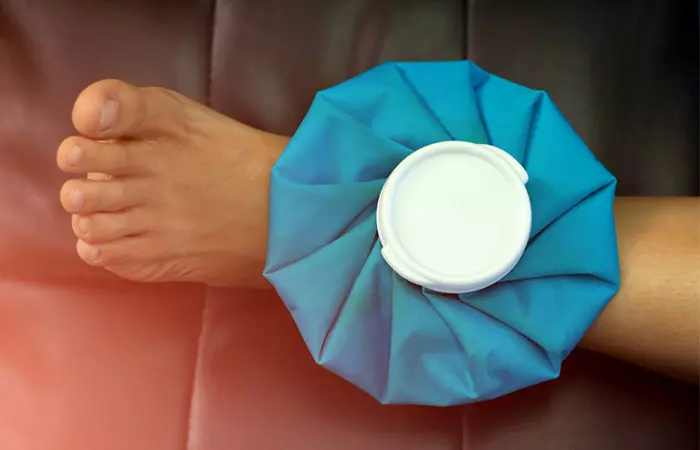
- Soak a washcloth in hot (or warm) water and place it on the leftover wax.
- Leave it for a minute (this softens the wax). Wipe the wax with the washcloth gently. You may also use tweezers to remove the wax.
Note:
If you have sensitive skin and if the warm compress irritates the skin, use a cool compress to soothe discomfort.
2. Remove Wax With Oil
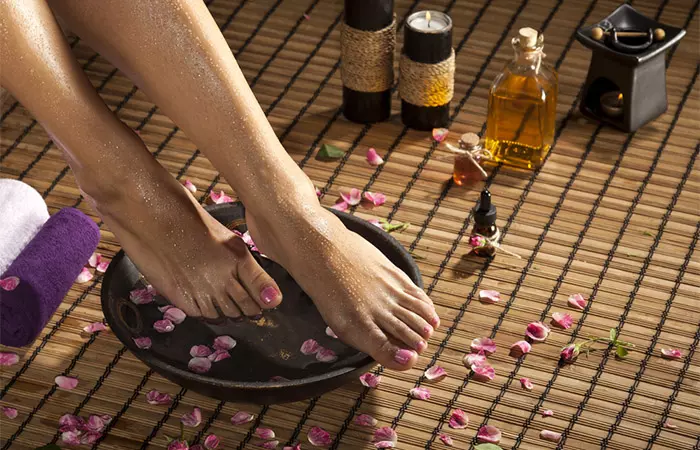
- Choose your oil. You may use baby oil, olive oil, any massage oil, or an oil-based lotion.
- Take a cotton pad and saturate it with the oil or oil-based lotion.
- Place the oil-soaked cotton pad on the wax residue and hold for a few minutes. Then, wipe the wax from your skin with a washcloth.
Note: Do not rub too hard. Vigorous rubbing can irritate the skin, especially if it is already sensitive after waxing. Also, test the oil on a small skin patch before use to ensure no adverse reaction.
3. Remove Wax With Petroleum Jelly
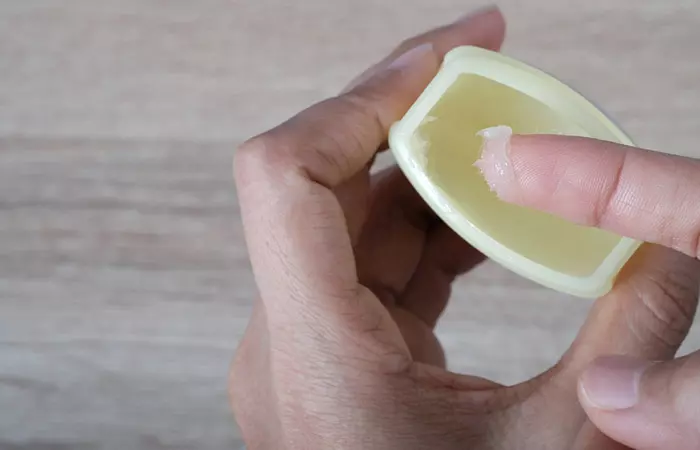
- Take a generous amount of petroleum jelly.
- Rub it on the area where you have wax residue.
- Let it stay for a few minutes.
- Use a clean cotton pad to wipe the petroleum and wax from your skin.
Tip: Although it is important to use enough to completely cover the wax, using too much may complicate cleanup. Start with a small amount and add more as needed.
4. Use Alcohol For Removing Wax
There are many home remedies to remove the wax without using oil. Alcohol is one ingredient that helps remove wax effectively. Dr. Anna Chacon, board-certified dermatologist, says, “Use a cotton pad and soak it with alcohol. Then, rub the wax residue in a circular motion until it melts or peels off. To avoid skin irritation, apply a moisturizing moisturizer to the affected region.”
- If you have alcohol (isopropyl alcohol 70%) at home, dip a cotton pad in it.
- Gently rub the cotton pad in a circular motion on the area until the wax dissolves.
- Alcohol can be drying for the skin, so follow it up with a moisturizing lotion.
5. Remove Wax Safely With Ice
- Take an ice cube and hold it on the wax residue for about 30 seconds.
- Wipe the wax with a clean cloth.
6. Remove Wax With Soap And Water
- Wet the area with the wax residue.
- Apply soap and make a rich lather.
- Rinse off to remove the wax.
7. Remove With Hydrogen Peroxide
- Mix hydrogen peroxide with an equal quantity of water to create a mild solution. This dilution will help prevent any skin irritation (1).
- Dip a cotton pad or ball into the diluted solution.
- Apply gentle pressure and carefully wipe down the waxed area with the soaked cotton pad. The hydrogen peroxide dissolves and lifts the wax residue from the skin.
- Once done, rinse with lukewarm water to ensure all traces of hydrogen peroxide are washed away. Pat your skin dry and apply a soothing, alcohol-free moisturizer to keep it hydrated.
In addition, you can also use wax removers that are specially designed to dissolve wax or tweezers to get wax off your skin.
Quite easy, right? However, if you spare a few minutes to set the stage beforehand, it will save you a lot of time as you wouldn’t be busy cleaning the traces of mess.
 Quick Tip
Quick TipKey Takeaways
- You can remove wax residue from your skin by using a natural oil, alcohol, or petroleum jelly.
- The chances of wax residue being left behind on your skin are high if you have dry skin or if you pull off the strips too slowly.
- You can apply powder to your skin before waxing it to prevent wax residue.
Ways To Prevent Wax From Sticking To Your Skin
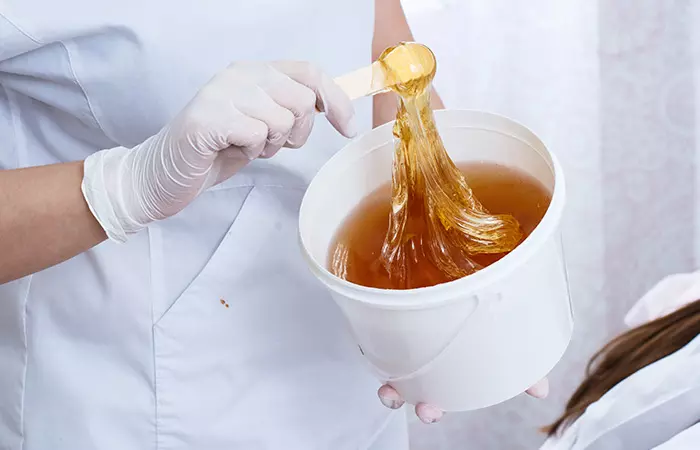
Before you wax, take some time to do the following things to save your time later.
1. Moisturize Your Skin
Do this especially if you have dry skin. This is because the wax will sink into your skin and cling to it. So, the day before you plan to wax, moisturize your skin well and make sure that it is hydrated. Make sure
- Your skin is moisturized but not greasy. Otherwise, the wax will not stick, and it will be difficult to pull out hair.
- Avoid using oil-based moisturizers. This is because oil takes longer to sink into your skin.
 Quick Tip
Quick Tip2. Try Trimming Your Hair
It is easy to wax and pull out your hair if it is about ½ inch long. Hair longer than this often gets tangled up in the wax, making it hard for you to pull it clean, and it will be messy! If you usually get longer body hair (longer than ½ inch),
- Trim your body hair to the desired length on the day you plan to wax.
- Shave them off a week before waxing so that they grow to the right length.
Keeping your hair trimmed not only facilitates the waxing process but also reduces discomfort. It is advisable to trim your body hair on the day of waxing for best results.
3. Make Sure The Wax Is Hot And Thin
This makes application easy. Cold wax thickens, and it is a pain to spread it properly. It should be runny before you apply it. Also, remember that cold waxing may not be ideal and can often leave a sticky residue on the skin. The wax should be hot but not so hot that it burns your skin. So, check the temperature by applying a small patch of wax on your skin first.
4. Apply Powder On Your Skin Before Waxing
Making sure that you do not sweat before waxing is essential. Otherwise, the wax sticks to the skin. Sprinkle powder on your skin, spread it well, and then wax your skin. This prevents the wax from sticking to your skin.
Also, always remember to pull the wax strip quickly. Doing it slowly not only increases the pain of hair removal but also leaves wax residue on your skin. Keep reading to understand how to take care of your skin after waxing.
Aftercare Tips For Your Skin
It is important to soothe the skin to prevent irritation after removing wax from it. So make note of the following aftercare tips.
- Apply a gentle, alcohol-free moisturizer to hydrate the area and calm any redness or sensitivity. Ingredients like aloe vera or chamomile can be particularly soothing.
- Avoid hot showers, saunas, or intense workouts for at least 24 hours, as heat can exacerbate irritation.
- Wear loose-fitting clothing to minimize friction on the newly waxed skin. This reduces the risk of irritation or ingrown hairs.
- Use a cold compress to soothe and relieve the skin if you experience unusual redness or discomfort.
Note: If you have sensitive skin or allergies, consult a dermatologist before attempting waxing or post-waxing care methods to ensure they are safe and suitable for your skin type.
Lastly, if you experience persistent skin irritation, it is best to consult a dermatologist for prompt and effective treatment.
Infographic: Tips For Painless Waxing: Precautions And Aftercare
Waxing is challenging for many people because of the pain it causes. However, this hair removal method is popular because it gives long-lasting results and a smooth finish to your skin. Following a few precautions and aftercare tips and techniques can give you a painless waxing experience. Check out the infographic below to know more! Illustration: StyleCraze Design Team
We all know the struggle of waxing at home and dealing with leftover wax on the skin. However, now you know the ways to get wax off the skin. These tips are easy to follow and quite effective. That is why prepping the skin beforehand can help avoid the struggle of taking off the wax residue later on. Good skin care, moisturizing, and proper grooming practices are of great help as they help prep the skin and prevent the wax from sticking. We hope these tips will make your next waxing session smooth, easy, and hassle-free. So go ahead and give them a try, and we are sure you will love the results.
Frequently Asked Questions
Does coconut oil remove wax?
Yes, coconut oil can effectively remove wax from the skin by breaking down the wax and moisturizing the area.
What products are best for removing wax from the skin?
The best products for removing wax are specialized wax removers that are gentle on the skin. Otherwise, home remedies like oil, petroleum jelly, soap water, etc., are good cost-effective solutions to try.
Why is the wax not coming off my skin?
Dr. Chacon says, “Removing residual wax from your skin might be tough after a waxing procedure. This is most likely if you have really dry skin. Also, when your skin is dehydrated, it clings to the wax to absorb all its moisture, making the removal procedure nasty.”
What dissolves paraffin wax?
“Paraffin wax dissolves in benzene and some others but is insoluble in water, alcohol, and other polar solvents,” according to Dr. Chacon.
Does wax dissolve in water?
Dr. Anna Chacon opines that wax does not dissolve in water due to the difference in the bonding structures.
Does baby oil remove wax from the skin?
Yes. Baby oil is a type of mineral oil that can help remove the wax from your skin and keep it hydrated.
Does coconut oil remove wax?
Yes. You may apply coconut oil to your skin after waxing to loosen and remove the residual wax from your skin. The coconut oil will also protect your skin from infection and keep it hydrated.
Does vinegar dissolve wax?
Yes. Vinegar can help dissolve the wax on your skin. Ensure that you dilute the vinegar with water before application to avoid skin irritation. Avoid using it on sensitive skin.
Say goodbye to stubborn wax! In this informative video, learn effective techniques and tips on safely removing wax from your skin, floor, and sink.
References
Articles on StyleCraze are backed by verified information from peer-reviewed and academic research papers, reputed organizations, research institutions, and medical associations to ensure accuracy and relevance. Read our editorial policy to learn more.
- Hydrogen Peroxide: A Potential Wound Therapeutic Target?
https://pmc.ncbi.nlm.nih.gov/articles/PMC5768111/
Read full bio of Dr. Harryono Judodihardjo
- Dr. Anna Chacon, MD, FAAD, is a double board-certified dermatologist with over 7 years of experience. She has authored many peer-reviewed articles and managed clinical research studies during her fellowship. She completed her medical school in the PLME (Program of Liberal Medical Education) at Brown University.
 Dr. Anna Chacon, MD, FAAD, is a double board-certified dermatologist with over 7 years of experience. She has authored many peer-reviewed articles and managed clinical research studies during her fellowship. She completed her medical school in the PLME (Program of Liberal Medical Education) at Brown University.
Dr. Anna Chacon, MD, FAAD, is a double board-certified dermatologist with over 7 years of experience. She has authored many peer-reviewed articles and managed clinical research studies during her fellowship. She completed her medical school in the PLME (Program of Liberal Medical Education) at Brown University.
Read full bio of Ramona Sinha
Read full bio of Anjali Sayee
Read full bio of Shiboli Chakraborti











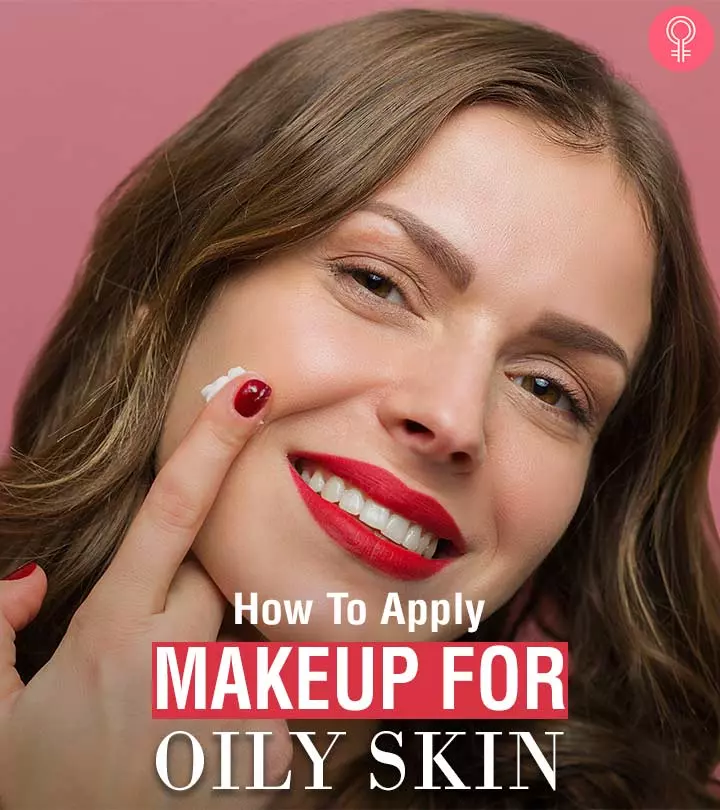

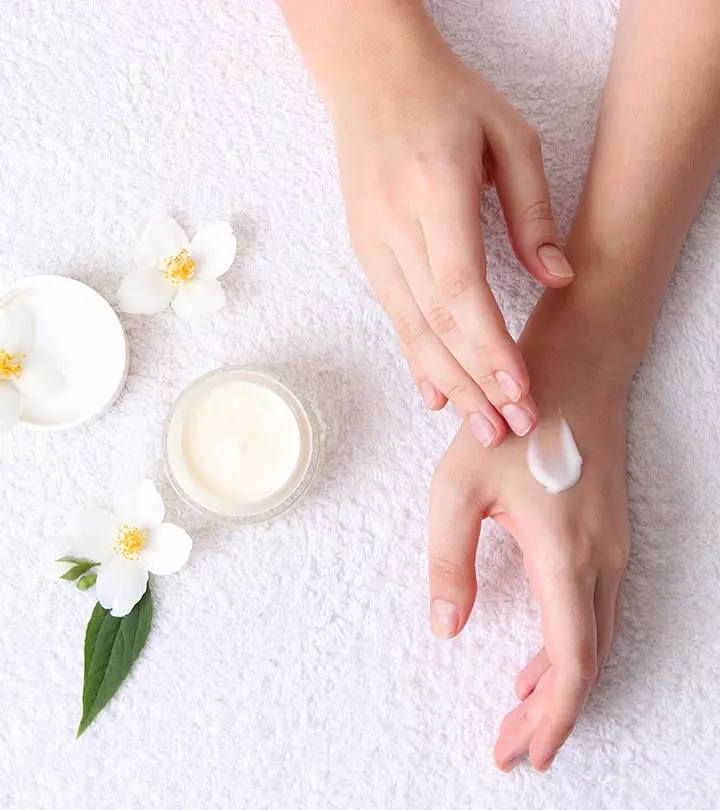
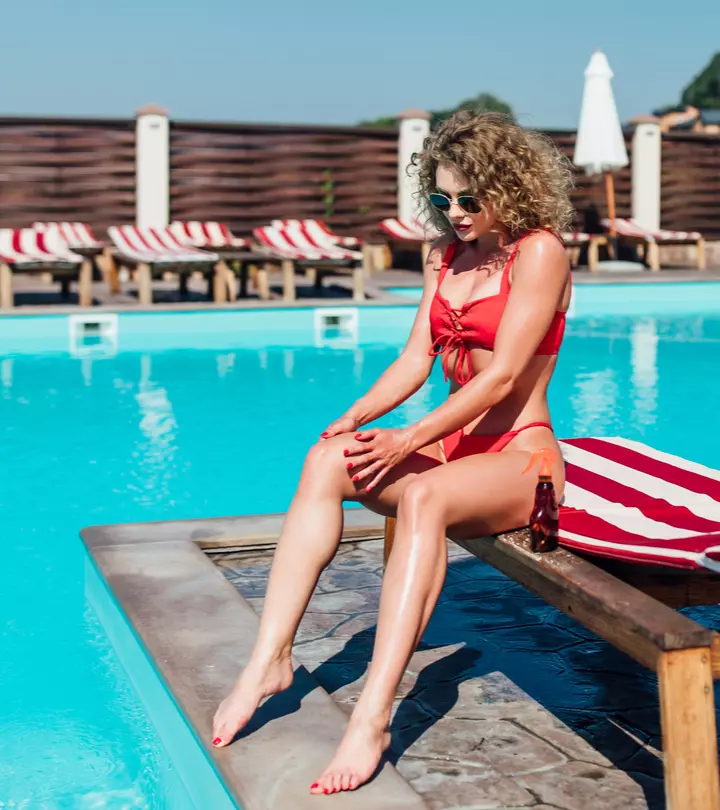


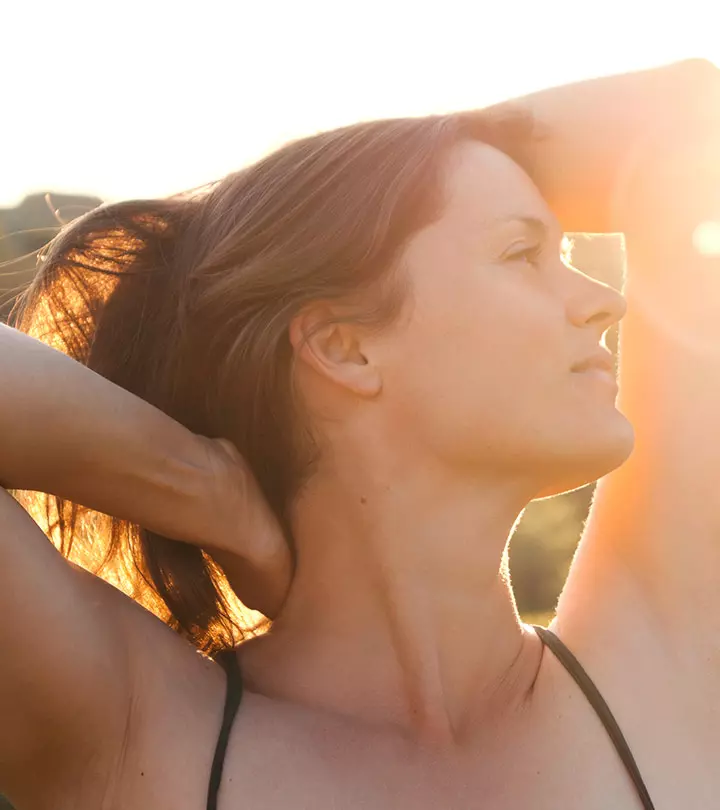
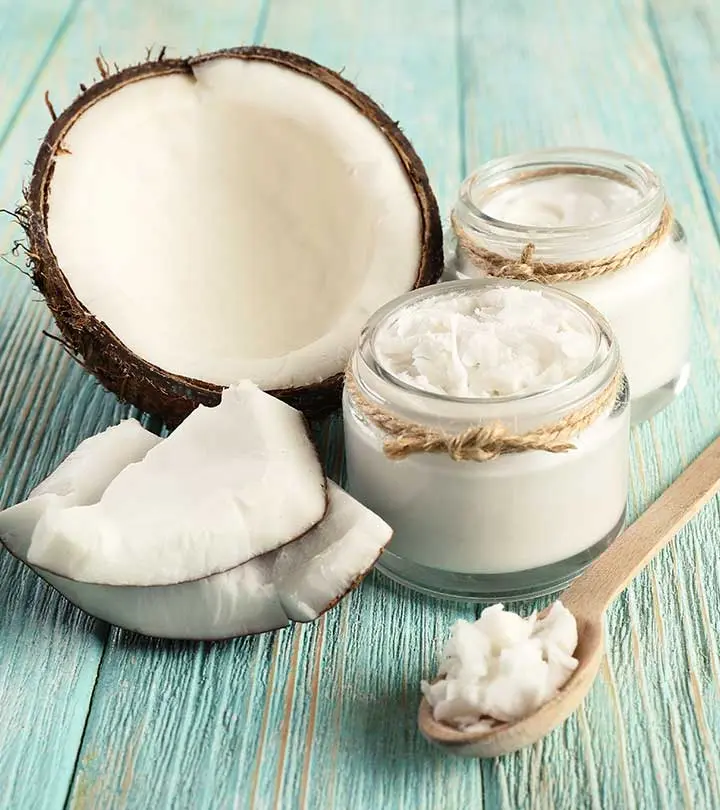
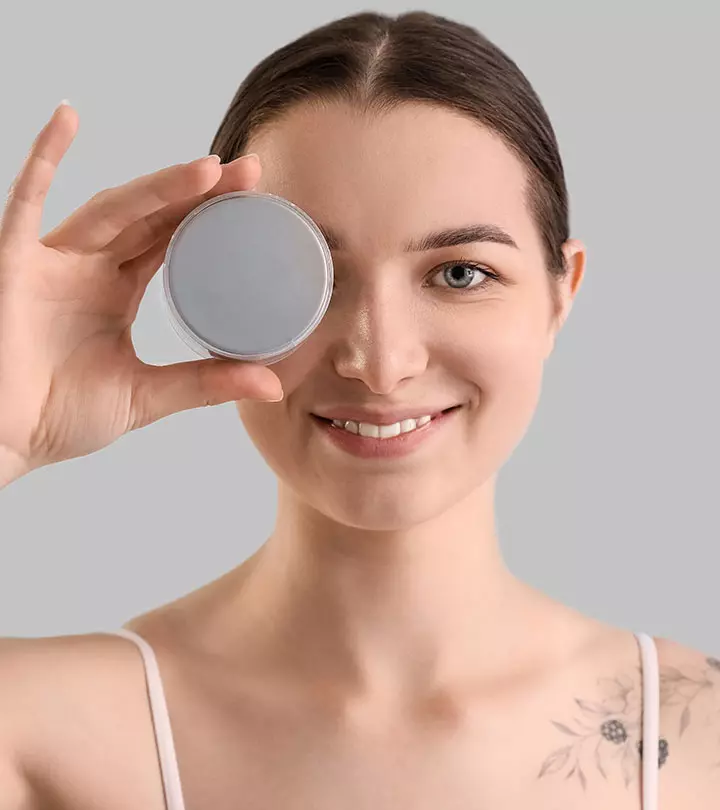


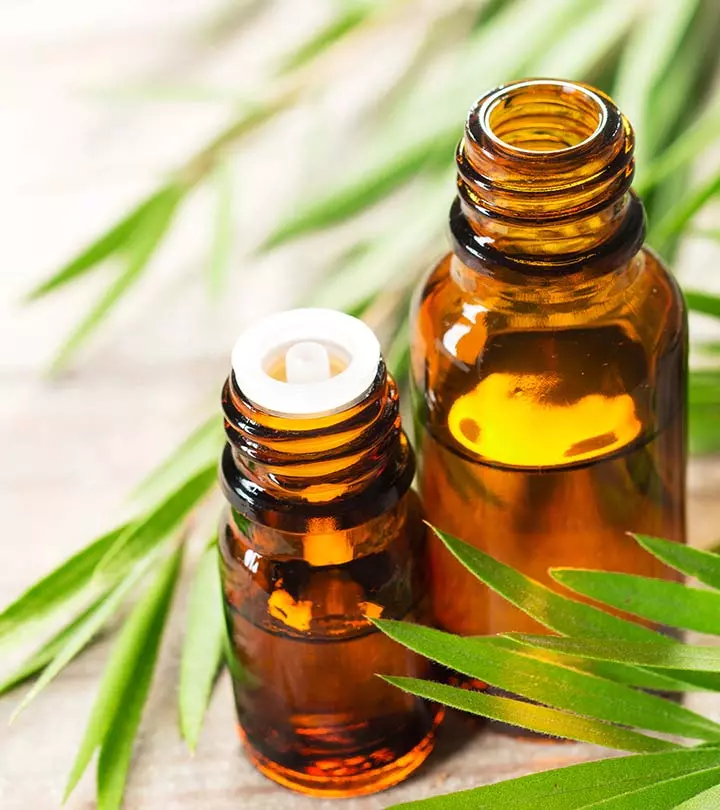


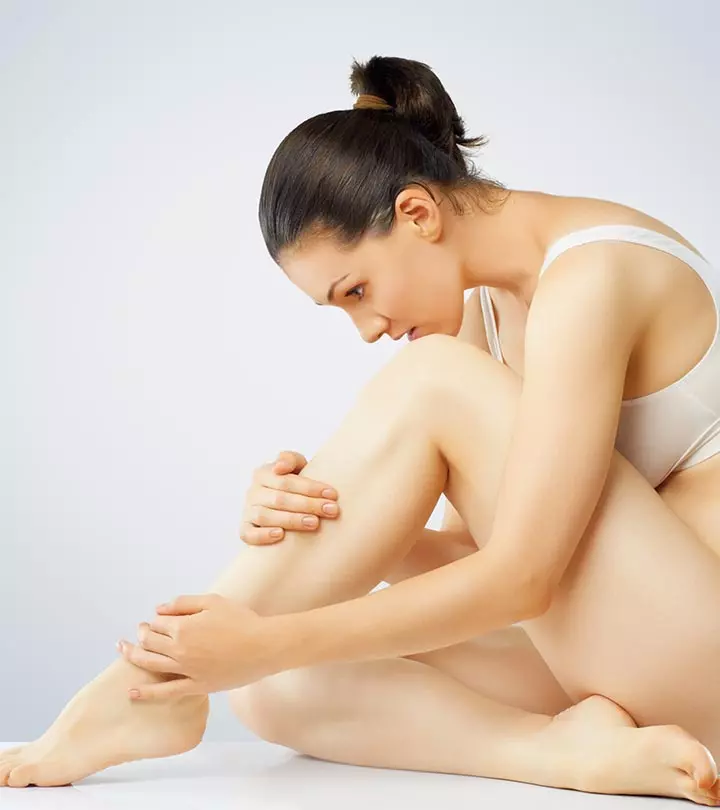
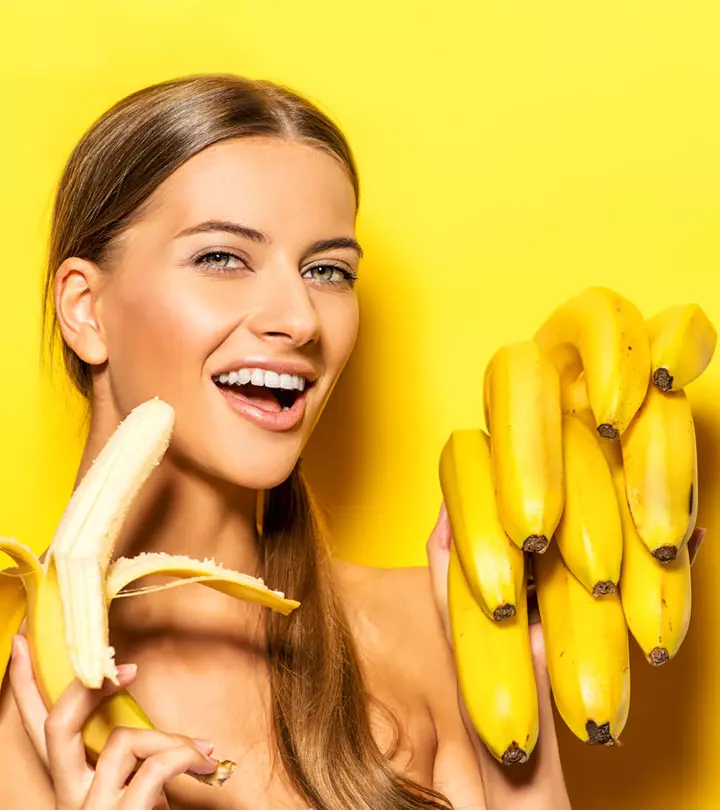
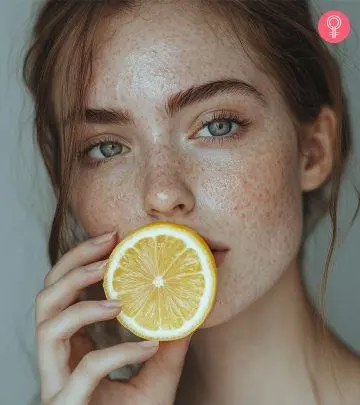
Community Experiences
Join the conversation and become a part of our empowering community! Share your stories, experiences, and insights to connect with other beauty, lifestyle, and health enthusiasts.